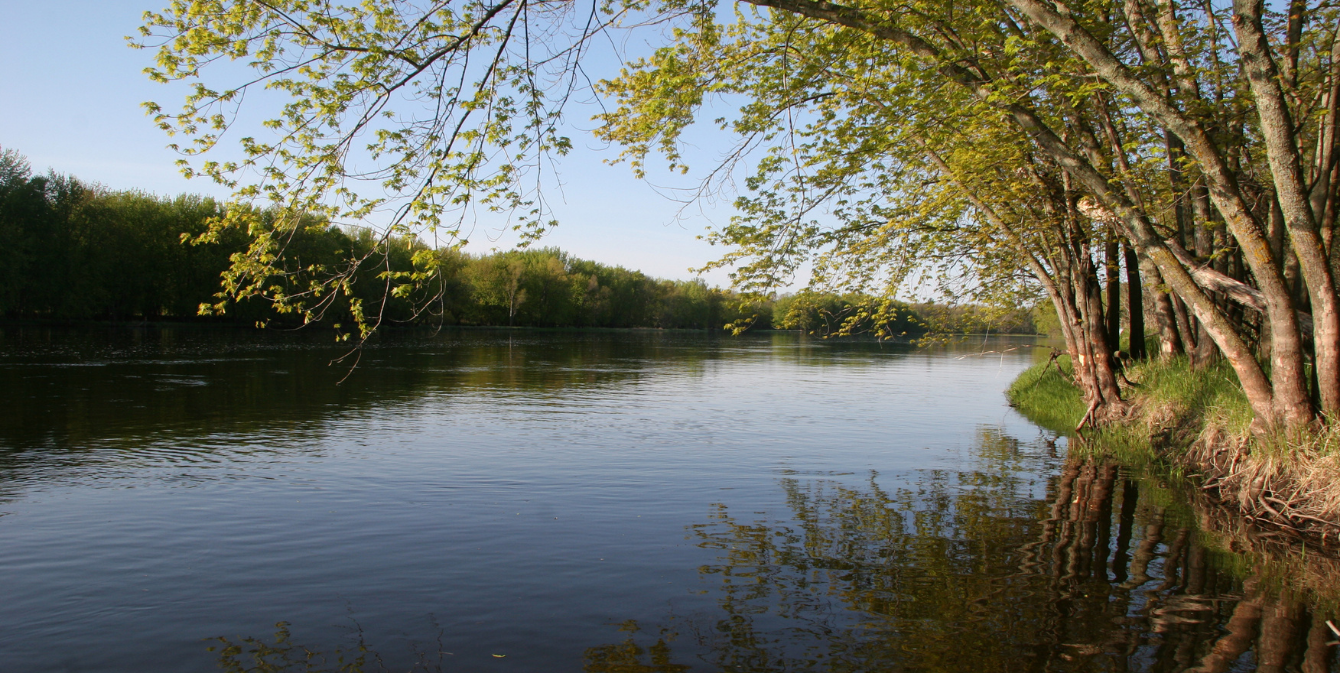
Press Release
Mississippi River named among America’s Most Endangered Rivers of 2022
April 19, 2022
Washington, D.C. – Today the Mississippi River was listed as one of America’s Most Endangered Rivers® due to worsening rates of pollution, habitat destruction, and the impacts of climate change. All of these trends threaten not only the natural environment through which the Mississippi flows but also the health and livelihoods of those who call the Mississippi River Basin home.
Today’s listing by American Rivers emphasizes the need for a comprehensive approach to protecting the river. The work being done by individual Mississippi River states to improve flood resilience and reduce polluted runoff can serve as a road map for more regional and collaborative solutions.
In addition to being an iconic American river, the Mississippi is a vital ecological, economic, and cultural resource. The river supplies more than 20 million people with drinking water, serves as a hub for agricultural production and trade, supports a robust natural-resource-based economy, and is home to more than 780 species of fish and wildlife.
“From the rivers to the marshes and bluffs, the people of my district live in a beautiful environment that deserves our respect and protection,” said Wisconsin State Representative Jill Billings. “I grew up spending summers on the Mississippi River and understand the importance of preserving the Driftless Area which is integral to our transportation, sporting, and tourism industries and improves the quality of life for all of us.”
Despite the historic status of the Mississippi, the river as we know it and the many benefits it provides are in danger. Around 40% of land in the continental United States drains into the Mississippi River. The expansiveness of the Mississippi River system provides ample opportunities for pollutants to enter the river and degrade downstream areas. Increasing rates of urban and agricultural runoff have drastically reduced water quality, evident in the large aquatic ‘Dead Zone’ in the Gulf of Mexico where the Mississippi drains. Additionally, alterations to the river and its floodplain have led to habitat loss and made the river basin increasingly susceptible to extreme flooding events which are becoming more frequent and costly due to climate change.
“This amazing river provides a cultural and environmental focal point for Quad Cities residents in both Iowa and Illinois,” said Illinois State Representative Michael Halpin, “Protecting this resource for future generations to have clean drinking water, as a home for plant and animal life, and for its breathtaking vistas should be our highest priority. This latest designation, however, shows we have more work to do.”
While state legislators throughout the ten-state Mississippi River corridor have worked hard in recent years to advance policies that will improve the health and resilience of the river, more is likely needed to revitalize the Mississippi in a way that allows it to thrive for generations to come. Advocacy groups, lawmakers, and communities throughout the river basin are calling for a holistic federal program to restore the health of the Mississippi.
The Mississippi River Restoration and Resilience Initiative (MRRRI), originally introduced by U.S. Representative Betty McCollum of Minnesota, is a proposed interstate framework that would comprehensively address the endangerment of the river. Some MRRRI initiatives would include improving community flood resilience, funding projects that can improve water quality, and increasing investments for communities overburdened by water pollution.
The diverse geography, livelihoods, and cultures of the Mississippi River corridor represent the importance of stakeholder engagement in developing a region-wide river restoration framework. Under MRRRI, the Environmental Protection Agency (EPA) would collaborate closely with relevant Federal agencies, States, Tribes, local governments, and non-governmental organizations to develop the MRRRI Action Plan and identify funding recipients.
“The Mississippi River is the lifeblood of the central United States. Unfortunately, the current patchwork of federal, state, and local environmental protection policies have failed to stop our beloved river from receiving this dubious distinction as one of America’s most endangered rivers.” Said Iowa State Senator Eric Giddens. “It’s high time we work together across the Mississippi River watershed to restore this ecosystem upon which we all depend.”
Today’s announcement is a stark reminder of the threats facing the Mississippi River. However, it can also serve as a starting point in forging a new path to restore this iconic and invaluable American river ecosystem.
###
Each year American Rivers releases its annual America’s Most Endangered Rivers report which is a list of rivers at a crossroads, where key decisions in the coming months will determine the rivers’ fates. Over the years, the report has helped spur many successes including the removal of outdated dams, the protection of rivers with Wild and Scenic designations, and the prevention of harmful development and pollution.
The Mississippi River Legislative Caucus is a project of the National Caucus of Environmental Legislators (NCEL). Created by and for state legislators, NCELis a 501(c)(3) nonprofit that organizes over 1,200 environmentally-committed state legislators from all 50 states and both parties. NCEL provides venues and opportunities for lawmakers to share ideas and collaborate on environmental issues.